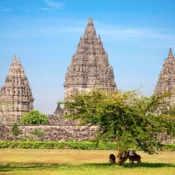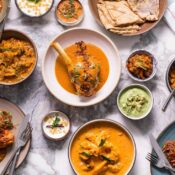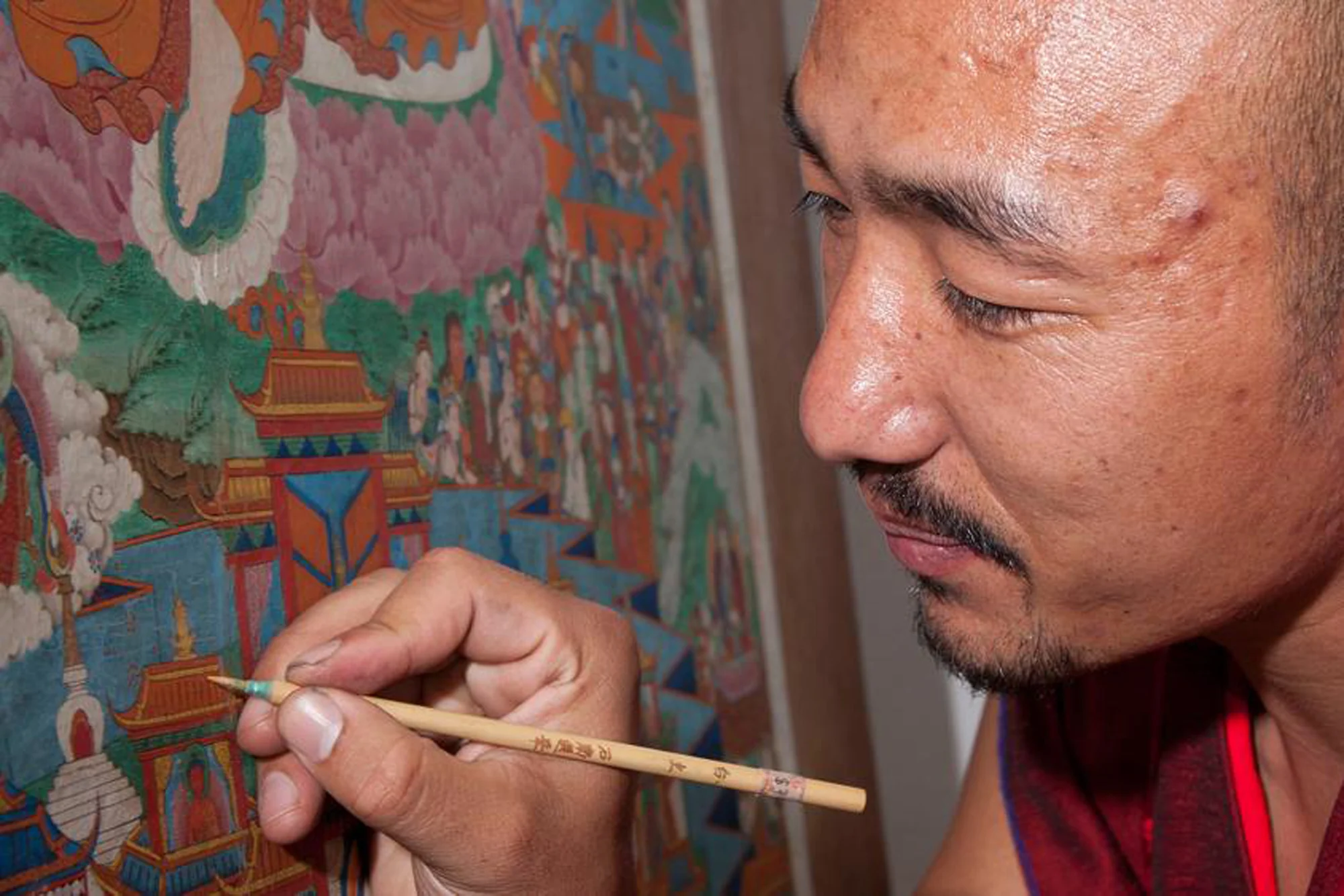
Preserve the Heritage: Traditional Crafts of South Asia
South Asia boasts a rich heritage of traditional crafts that reflect the region’s diverse cultural, historical, and artistic legacy. These crafts, passed down through generations, are not only a testament to the region’s rich past but also play a significant role in its cultural identity today. This article explores traditional crafts from various regions in South Asia, highlighting their history and cultural significance.
1. Phulkari Embroidery – India
Phulkari, meaning “flower work,” is a traditional embroidery art from Punjab, India. It dates back to the 15th century and was traditionally done by Punjabi women as part of their dowry items or for special occasions.
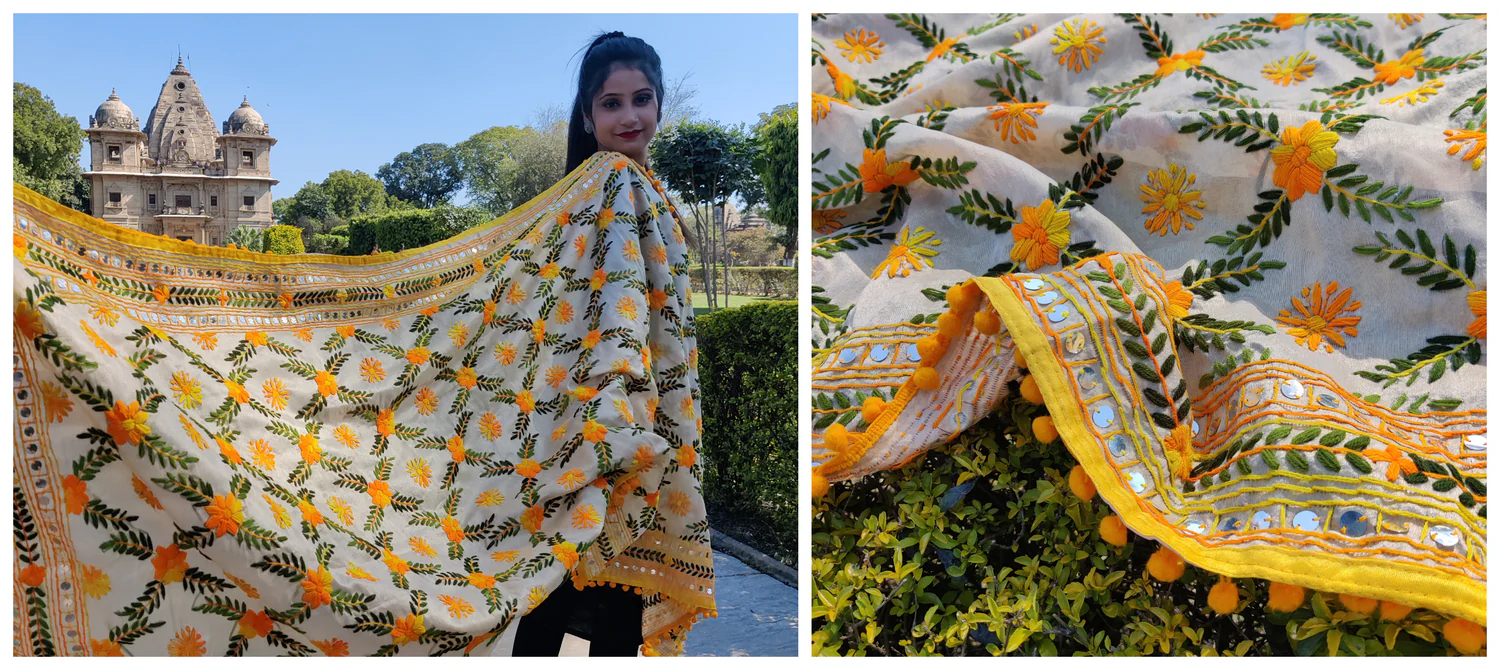
Phulkari holds immense cultural value as it symbolizes the creative expression of Punjabi women. The vibrant and intricate patterns, often depicting flowers and geometric designs, are stitched on shawls and dupattas using bright, colorful threads. Phulkari is more than just an art form; it represents the social and cultural fabric of Punjabi life.
2. Ajrak Printing – Pakistan
Ajrak is a block-printed textile that originates from the Sindh region of Pakistan. This ancient craft, which dates back over 4,000 years, involves intricate patterns created using natural dyes and wooden blocks.
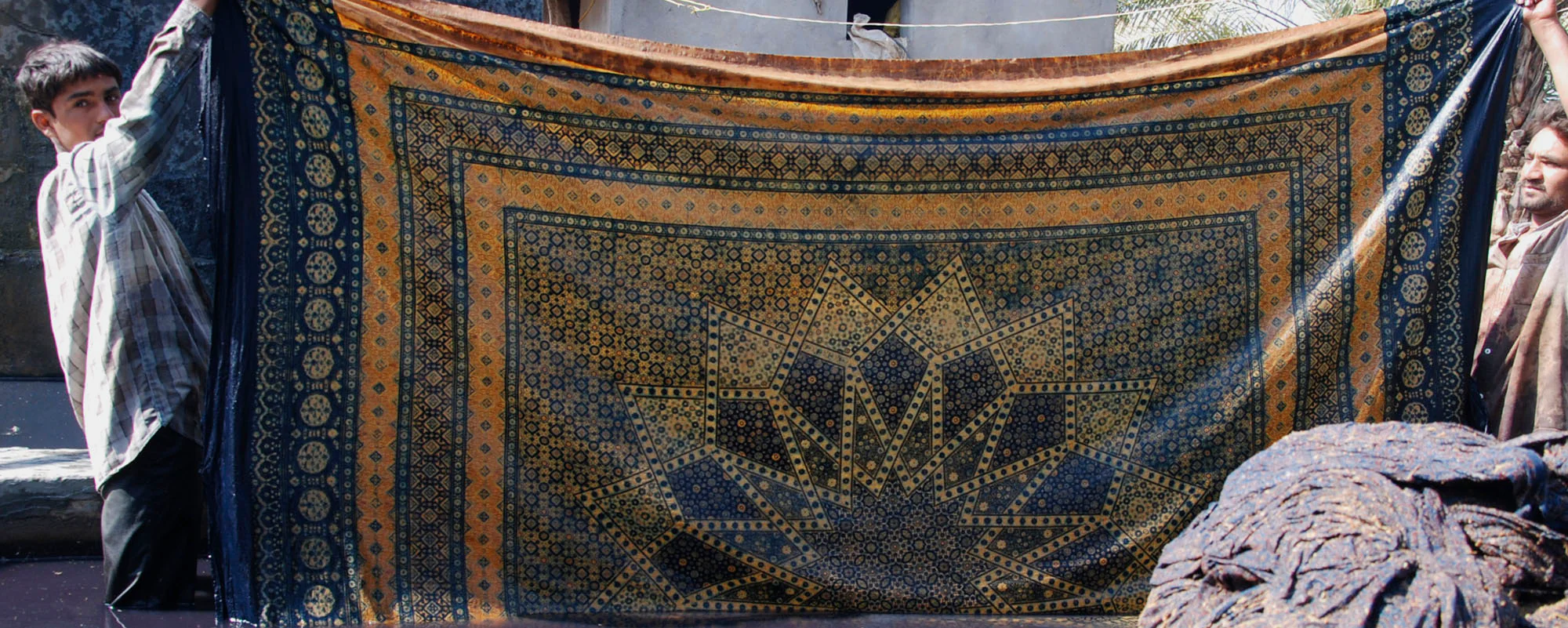
Ajrak is a symbol of Sindhi culture and identity. The intricate designs, often in indigo and red, are used in shawls, turbans, and other garments, reflecting the deep connection between the people and their land. Ajrak is also associated with Sufi traditions, where it is often worn during spiritual gatherings and festivals.
3. Shital Pati Weaving – Bangladesh
Shital Pati, meaning “cool mat,” is a traditional craft from the Sylhet region of Bangladesh. Made from the murta plant, these mats are known for their cooling properties and intricate weaving patterns.
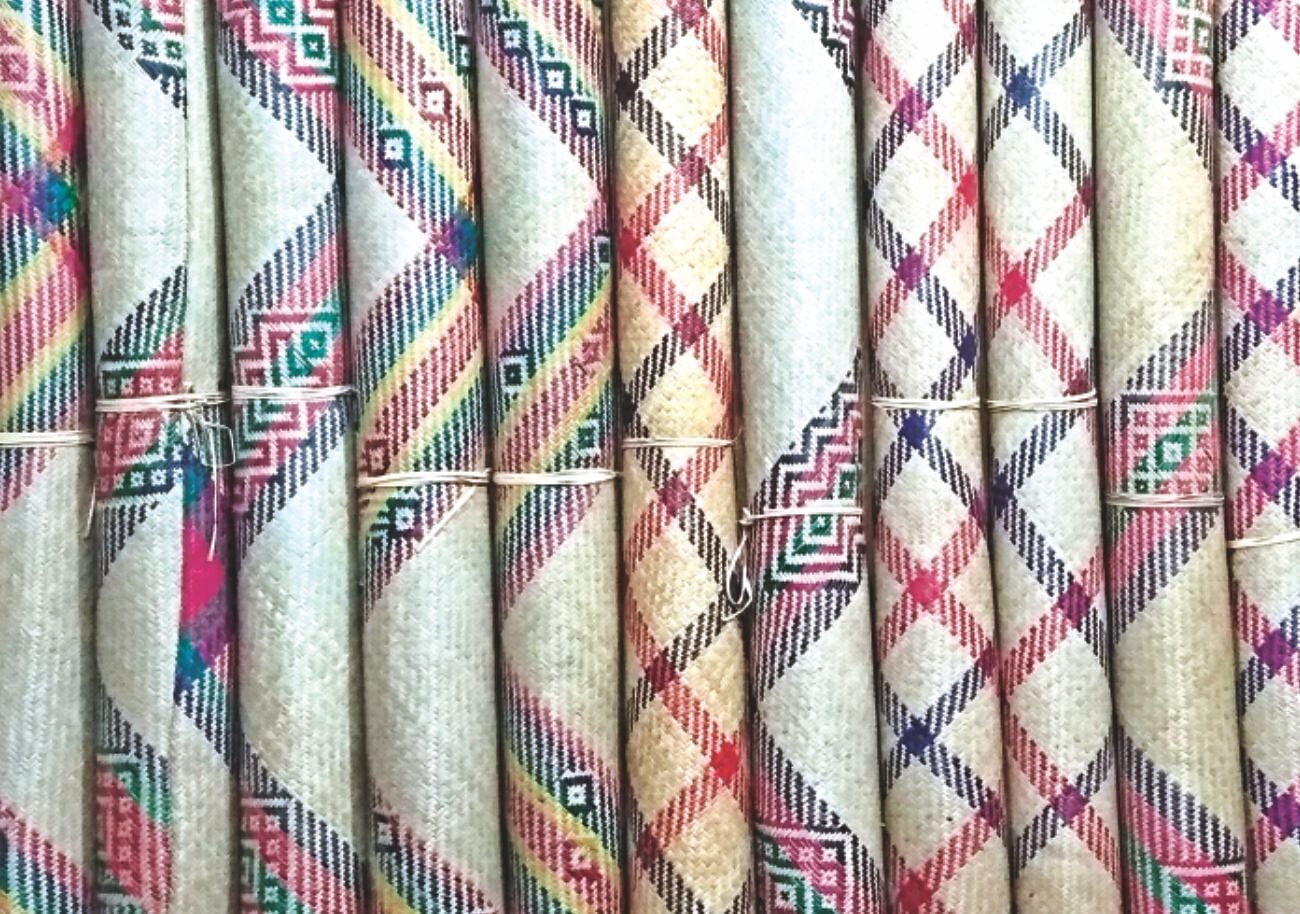
Shital Pati weaving is an essential part of the rural economy in Sylhet, providing livelihood to many artisans. The craft is deeply embedded in the local culture, with the mats being used in homes for sitting, sleeping, and as ceremonial items. The intricate designs and cooling nature of the mats make them both functional and artistic.
4. Lacquerware – Myanmar
Lacquerware, known as “Yun-de” in Myanmar, is a traditional craft that involves coating objects with layers of lacquer made from the sap of the Thit-si tree. This craft has been practiced for centuries, with the town of Bagan being a major center for lacquerware production.

Lacquerware is an integral part of Myanmar’s cultural heritage, often used in religious and everyday contexts. The detailed designs, created using techniques such as incising and inlaying, make each piece a work of art. Lacquerware items, ranging from bowls to furniture, are prized for their beauty and durability, symbolizing the artistic ingenuity of Myanmar’s craftsmen.
5. Madhubani Painting – Nepal
Madhubani painting, also known as Mithila painting, is a traditional art form from the Mithila region, which spans parts of Nepal and India. This art form is characterized by its intricate patterns and vibrant colors, often depicting mythological and folk themes.
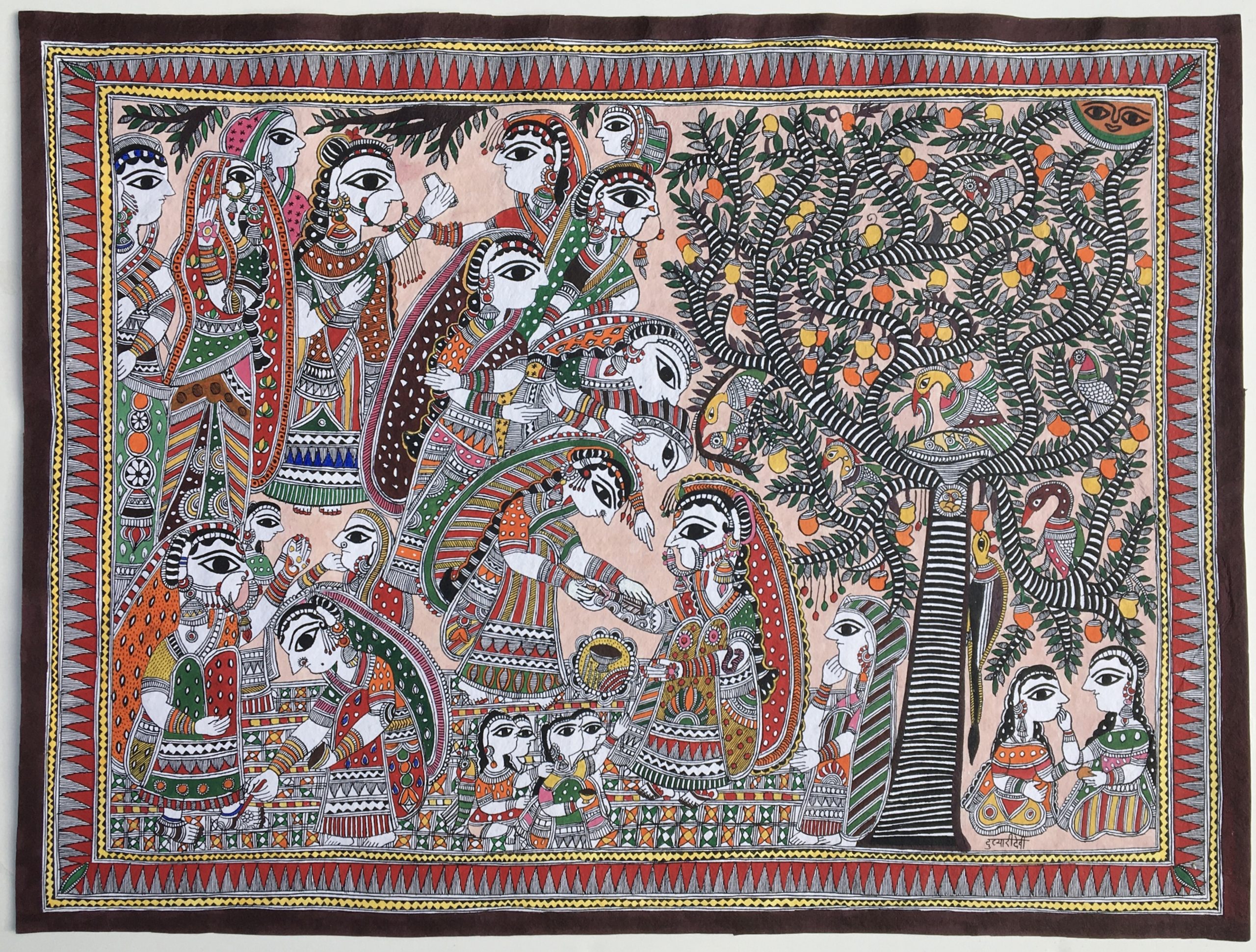
Madhubani painting is an essential part of the cultural identity of the Mithila region. Traditionally done by women on the walls and floors of their homes, it has now gained international recognition. The paintings often serve as expressions of cultural stories, rituals, and daily life, preserving the rich heritage of the Mithila community.
6. Beeralu Lace Making – Sri Lanka
Beeralu lace making is a traditional craft from Sri Lanka, particularly popular in the southern coastal regions. This intricate lace is handmade using bobbins and a pillow, a technique believed to have been introduced by Portuguese colonizers in the 16th century.
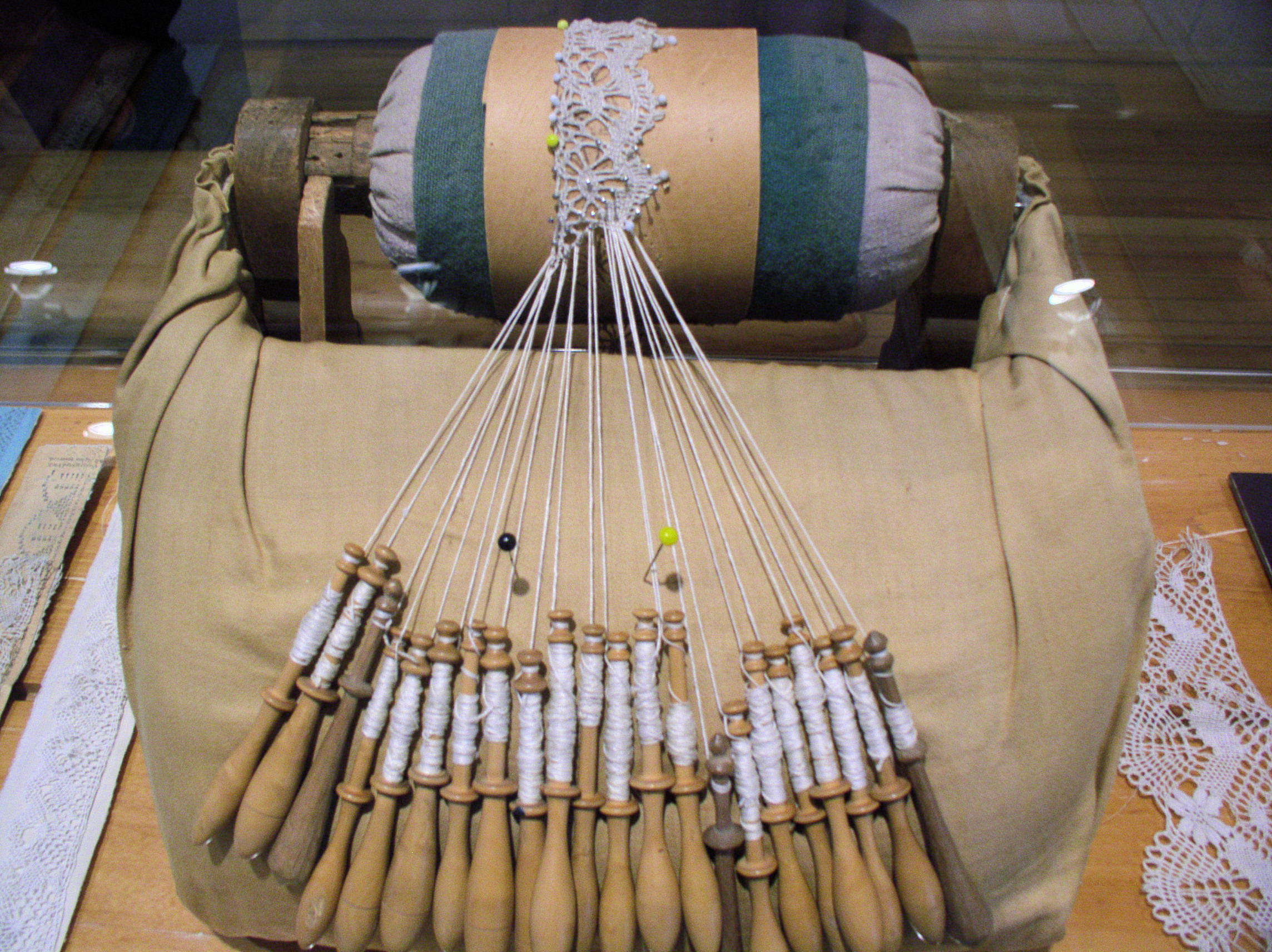
Beeralu lace is a symbol of Sri Lankan craftsmanship and cultural heritage. It is often used to adorn traditional garments, such as sarees and blouses, as well as home decor items. The craft supports many local artisans, especially women, providing them with a source of income and preserving an important aspect of Sri Lankan cultural identity.
7. Thangka Painting – Bhutan
Thangka painting is a traditional form of Buddhist art from Bhutan, involving the creation of intricate scroll paintings that depict deities, mandalas, and scenes from Buddhist mythology. These paintings are created on cotton or silk with natural mineral pigments.
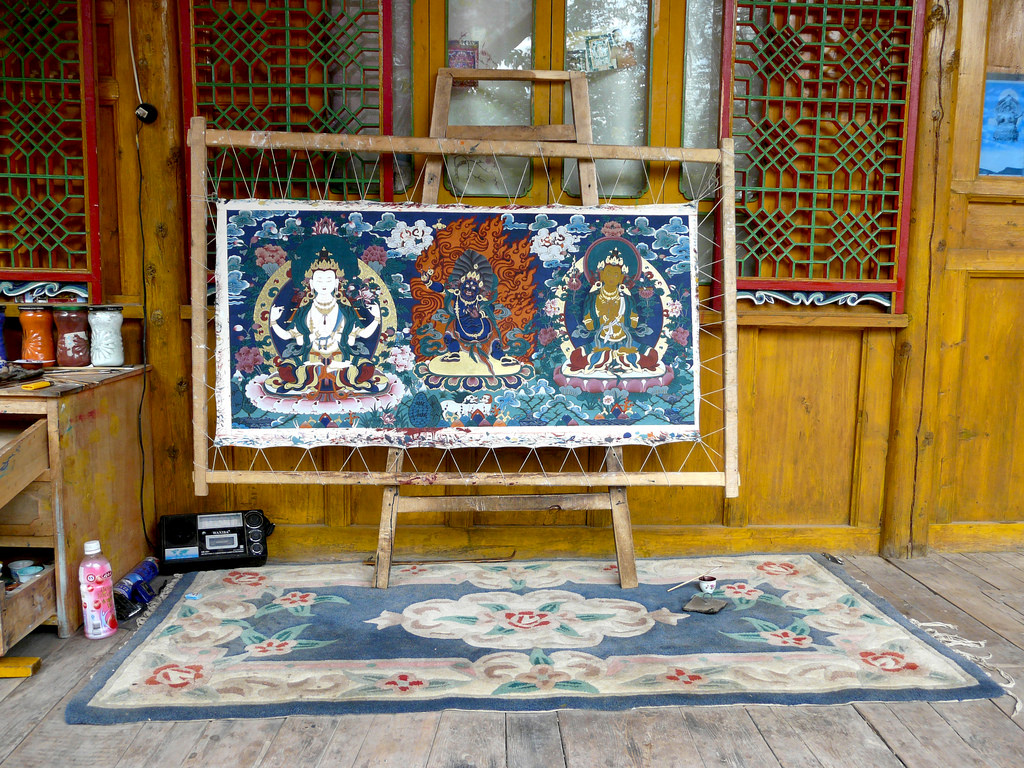
Thangka paintings hold immense religious and cultural value in Bhutan. They are used in religious ceremonies, meditation practices, and as teaching tools to convey Buddhist principles. The detailed and symbolic nature of Thangka paintings makes them not only spiritual objects but also masterpieces of Bhutanese art.
These traditional crafts from different regions of South Asia showcase the rich cultural tapestry of the region. Each craft tells a story of heritage, creativity, and the enduring spirit of the artisans who continue to preserve these ancient traditions. Through their work, they maintain a vital link to the past while contributing to the cultural identity and economy of their communities.


